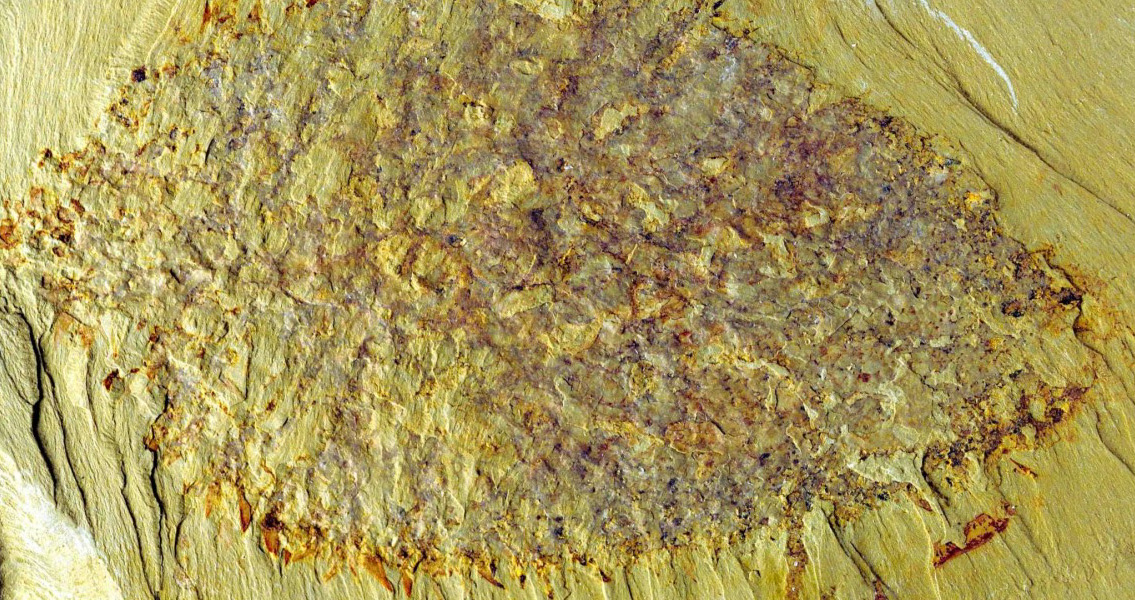<![CDATA[According to the University of Leicester, "A rare 520-million-year-old fossil shaped like a 'squashed bird's nest' that will help to shed new light on life within Earth's ancient seas has been discovered in China by an international research team." University researchers believe that the fossil belongs to the chancelloriid family, a group of ancient sea animals that were "bizarre" and "balloon-shaped", and used their outer skeletons and spikey spines as modes of defense. The group behind the discovery of the fossil was more like an army. The team included researchers from Oxford University, Leicester University, and was led by Professor Xianguang Hou from the Yunnan Key Laboratory for Paleobiology at Yunnan University in China. The fossil was discovered in Chengjiang, a southern province in the county of Yunnan. Originally, researchers described the fossil as balloon shaped, but their wording has since been changed to "squashed bird's nest" as it seems that the chancelloriid was crushed during the fossilisation process. The research team, which was funded by the National Science Foundation in China and the Royal Society in the UK, named the species of fossil they found 'Nidelric pugio', according to Sciencedaily.com. The name of the species was chosen to honour the late Professor Richard Aldridge of the University of Leicester's Department of Geology. He was also an avid ornithologist, palaeontologist, and world leader in Chengjiang fossil research. The name Nidus is Latin for "bird's nest" and alderic comes from the Old English personal name 'Aedelic'; which means 'noble ruler'. Alderic is the source of the fossil name which honours Professor Aldridge. In a paper written about the discovery of Nidelric pugio, Dr. Tom Harvey emphasises that this fossil is extremely rare. He states, "There is only one fossil of this enigmatic animal after 30 years of collecting by our Chinese colleagues at Chengjiang. It is exceptionally rare, but it shows us just how strange and varied the shapes of early animals could be." Indeed, while only one fossil of this species currently exists, it has shed new light on Earth's ancient seas and the animals that roamed them millions of years ago. Chengjiang County, Yunnan Province in southern China is home to an extensive and varied collection of fossils, which is why the late Professor Aldridge devoted much of his life to studying and researching the area. Researchers from the University of Leicester note that in Chengjiang there is an extreme assortment of fossils, some even with soft tissue such as eyes, legs, and even brains remaining. It's also not uncommon for researchers to stumble upon fossils that don't seem to conform to that of any living creature today, one of those being the new Nidelric pugio. These seemingly unrelated fossils and body parts all play a role in uncovering a new view of ancient sea life. The research team from the British universities and in China plan to continue to search for new discoveries to further our knowledge of our early deep seas. Image courtesy of: Prof Derek J Siveter of Oxford University ]]>
Ancient Bird's Nest Shaped Fossil Discovered in China Reveals More About Ancient Sea Life
